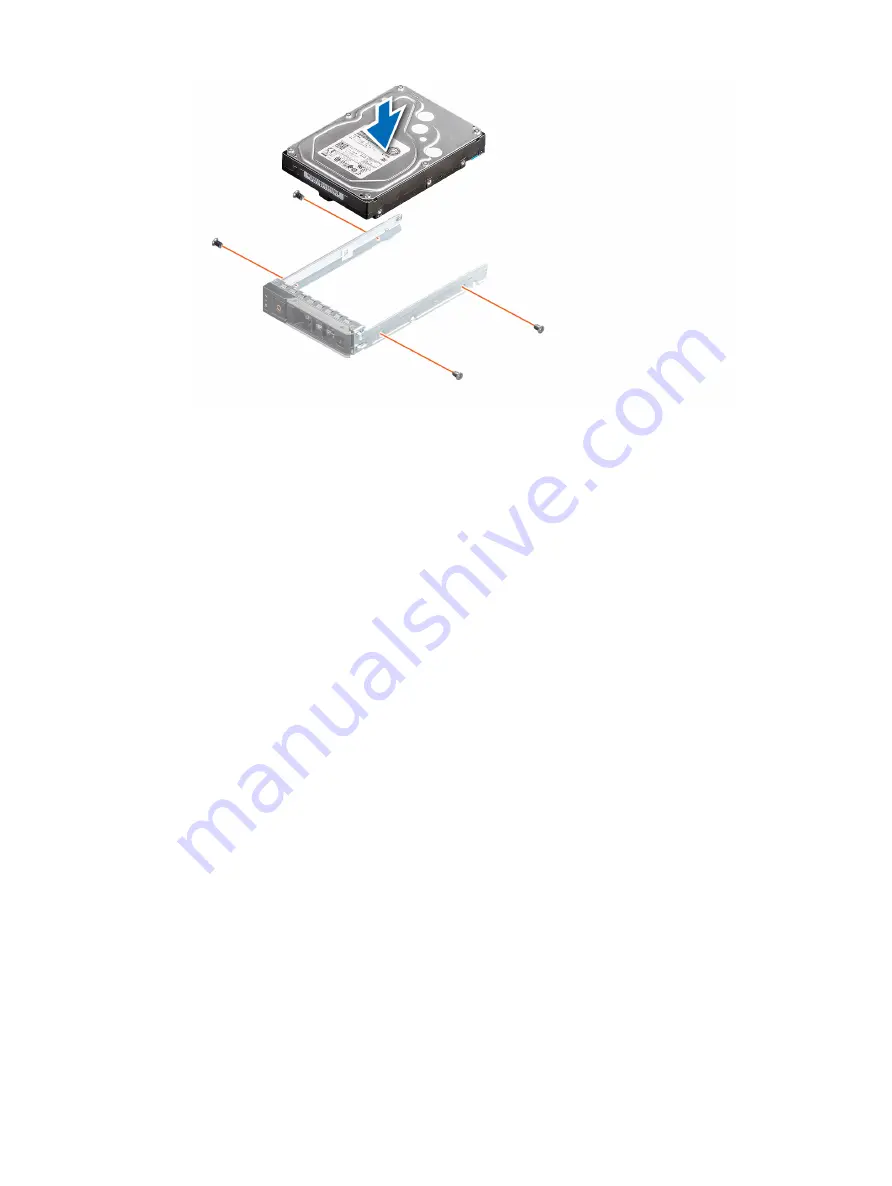
Figure 24. Installing a drive into the drive carrier
Next steps
1
2
If removed,
.
Removing a 2.5-inch drive from a 3.5-inch drive adapter
Steps
1
Using a Phillips #1 screwdriver, remove the screws from the side of the 3.5-inch drive adapter.
2
Remove the drive from the 3.5-inch drive adapter.
54
Installing and removing system components
















































